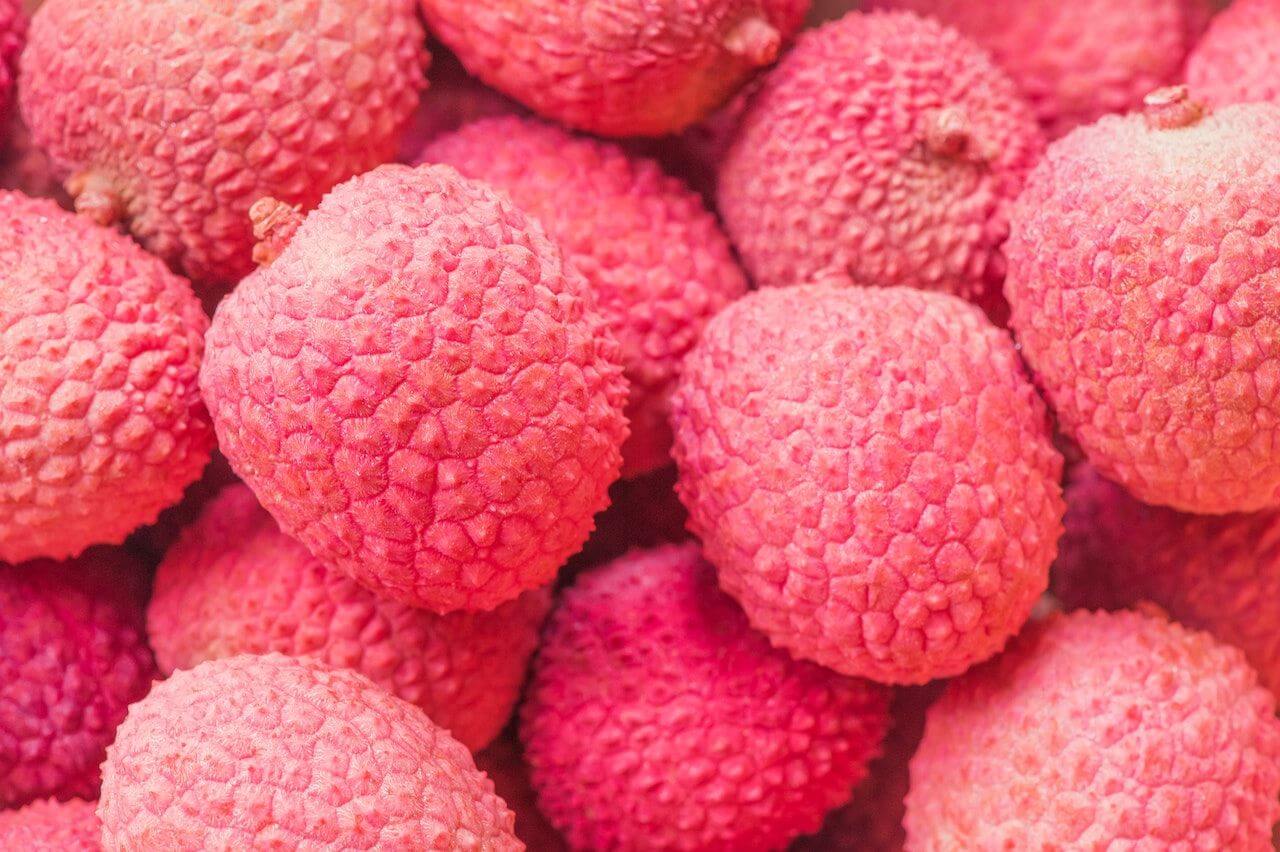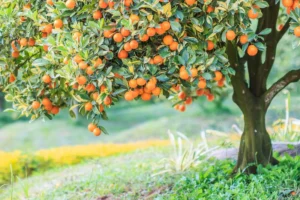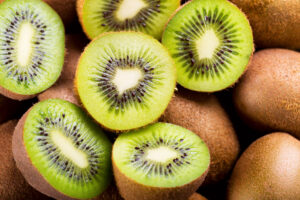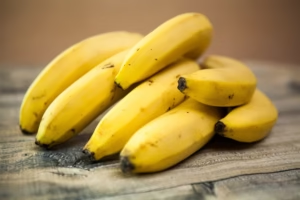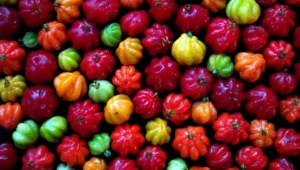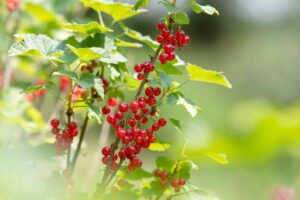How to Grow and Care for Lychee Trees: A Complete Guide
Are you interested in growing your own exotic lychee fruit at home? Whether you’re looking to add this delicious Asian fruit to your garden, grow it in containers, or try your hand at starting from seed, this comprehensive guide will walk you through everything you need to know about cultivating thriving lychee trees in the United States.
Introduction to Lychee Trees
Lychee (Litchi chinensis) is a tropical fruit tree treasured for its sweet, fragrant fruits with translucent white flesh. Native to southern China, lychees have gained popularity in the U.S. market, particularly in Florida, Hawaii, and California. These evergreen trees not only produce delicious fruit but also make attractive ornamental additions to your landscape with their glossy leaves and reddish fruits.
According to the USDA Agricultural Research Service, lychee trees can grow up to 40 feet tall in their natural habitat but can be maintained at 10-20 feet with proper pruning, making them suitable for both garden plantings and large containers.
Growing Conditions for Lychee Trees
Before planting your lychee tree, it’s important to understand its specific growing requirements to ensure success.

Climate Requirements
Lychee trees thrive in specific climate conditions:
| Climate Factor | Optimal Conditions | Notes |
|---|---|---|
| USDA Zones | 10-11 | Some varieties may survive in zone 9b with protection |
| Temperature | 65°F-85°F (18°C-29°C) | Cannot tolerate frost or freezing temperatures |
| Chill Hours | 100-200 hours | Needs mild winter temperatures between 32°F-45°F (0°C-7°C) |
| Humidity | 70-90% | Prefers humid environments |
Soil Requirements
Your lychee tree will perform best in:
- Well-draining soil with pH of 5.0-7.0 (slightly acidic)
- Rich organic matter content
- Sandy loam or loamy soils
Avoid heavy clay soils that can lead to root rot. If your soil is poor, amend it with compost and organic matter before planting.
How to Plant Lychee Trees
Planting in Your Garden
- Select the right location: Choose a spot with full sun exposure (at least 6-8 hours daily) and protection from strong winds.
- Prepare the soil: Dig a hole twice as wide and the same depth as the root ball.
- Plant properly:
- Remove the tree from its container
- Place in the hole with the top of the root ball slightly above ground level
- Backfill with soil, tamping gently to remove air pockets
- Water thoroughly: Create a watering basin around the tree and water deeply
- Mulch: Apply 2-3 inches of organic mulch around the base, keeping it 6 inches away from the trunk
Growing Lychee in Containers
Container growing is ideal if you live in cooler regions or have limited space:
- Choose the right container: Select a 15-20 gallon pot with good drainage holes
- Use proper potting mix: Combine equal parts potting soil, perlite, and peat moss or coconut coir
- Planting procedure:
- Place drainage material at the bottom of the pot
- Fill partially with potting mix
- Position your tree so the root crown sits slightly above the soil line
- Fill in around the root ball and water thoroughly
- Placement: Position your container in a sunny, warm location protected from strong winds
- Winter protection: Move containers indoors or to a protected area when temperatures drop below 40°F (4°C)
Growing Lychee from Seeds
Starting lychee from seed is possible but requires patience as seed-grown trees may take 10-20 years to fruit (if at all). For the adventurous gardener:
- Obtain fresh seeds: Extract seeds from fresh lychee fruit – they lose viability quickly
- Prepare for planting:
- Rinse the seed to remove all fruit flesh
- Plant immediately while fresh (do not allow to dry out)
- Planting method:
- Use a 1-gallon pot with drainage holes
- Fill with seed-starting mix or a mix of equal parts peat moss, perlite, and vermiculite
- Plant seed 1 inch deep with the pointed end down
- Water thoroughly and keep soil consistently moist
- Germination: Expect germination in 1-2 weeks under warm conditions (75°F-85°F/24°C-29°C)
- Care for seedlings:
- Provide bright, indirect light initially
- Transition to direct sunlight gradually
- Transplant to larger containers as they grow
Caring for Your Lychee Tree
Watering Requirements
Proper watering is crucial for lychee tree health:
- Young trees: Water 2-3 times per week during the first year
- Established trees: Water deeply once a week, more during flowering and fruiting
- Container trees: Check soil moisture regularly; water when the top 1-2 inches feel dry
- Winter care: Reduce watering during dormant periods
Never allow the soil to completely dry out, but avoid waterlogged conditions that can lead to root rot.
Fertilization Schedule
Follow this fertilization schedule for optimal growth:
| Tree Age | Fertilizer Type | Application Rate | Frequency |
|---|---|---|---|
| 1st year | 6-6-6 or 8-3-9 slow-release | 1/4 lb per application | Every 8 weeks |
| 2-3 years | 6-6-6 or 8-3-9 slow-release | 1/2-1 lb per application | Every 8 weeks |
| 4+ years | 6-6-6 or 8-3-9 slow-release | 1-2 lbs per 1″ of trunk diameter | 3-4 times yearly |
Apply fertilizer in a ring around the tree, starting 6 inches from the trunk and extending to the drip line. Water thoroughly after application.
For container-grown trees, use a half-strength fertilizer solution every 2-3 months during the growing season.
Pruning and Training
Proper pruning maintains tree health and encourages fruit production:
- Young trees: Shape by removing crossing branches and establishing a strong framework
- Mature trees: Prune after harvest to:
- Remove dead or damaged branches
- Thin crowded areas to improve air circulation
- Control height by topping if necessary
- Remove water sprouts and suckers
Avoid heavy pruning during flowering and fruiting periods. Lychee trees can be maintained at 10-15 feet for easier harvesting and management.
Common Pests and Diseases
Being aware of potential problems can help you address them quickly:
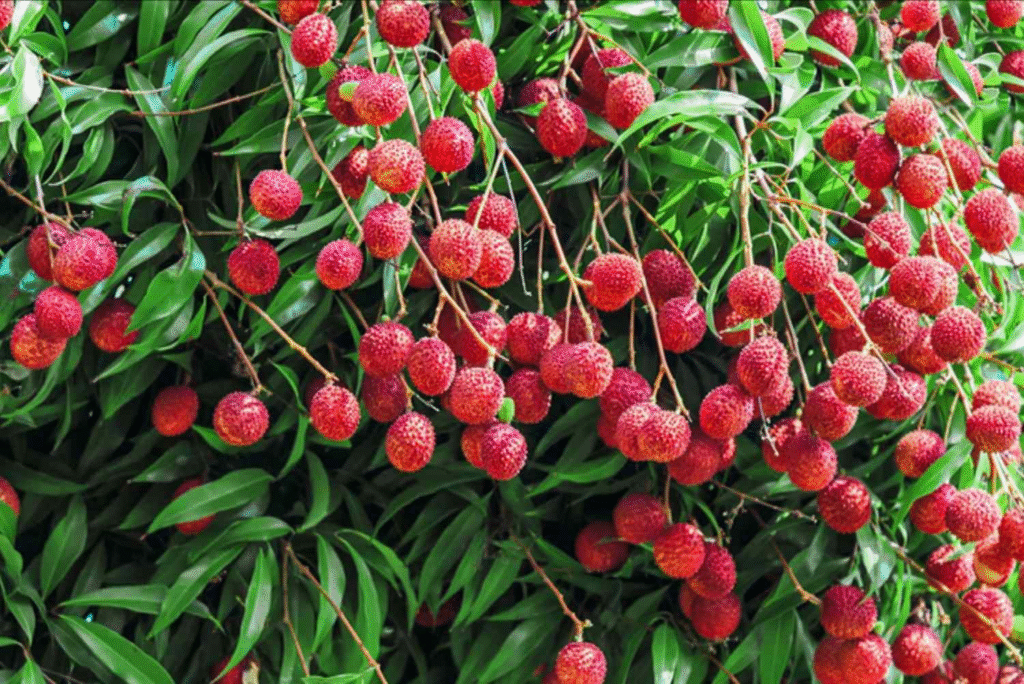
Pests
- Erinose mite: Causes rust-colored felt-like growth on leaves
- Scale insects: Appear as bumps on stems and leaves
- Fruit borers: Larvae tunnel into developing fruits
- Birds: Can damage ripening fruit
Control methods include neem oil for mites and scale, appropriate insecticides for borers, and netting for bird protection.
Diseases
- Anthracnose: Causes black spots on leaves and fruits
- Root rot: Results from poor drainage and overwatering
- Algal leaf spot: Creates raised spots on leaves
Prevention through proper spacing, drainage, and sanitation is most effective. Fungicides may be necessary for severe infections.
Harvesting Lychee Fruit
The reward for your care comes at harvest time:
- Timing: Typically 140-175 days after flowering (May-July in most U.S. growing regions)
- Signs of ripeness:
- Fruit skin turns completely red or pink (depending on variety)
- Skin texture changes from spiny to more bumpy
- Slight give when gently squeezed
- Harvesting method: Cut entire fruit clusters with pruning shears
- Yield expectations: A mature 5-7 year old tree can produce 15-50 pounds of fruit annually
The U.S. Lychee Market
Lychee production in the United States is primarily concentrated in:
- Florida: The largest producer, focusing on ‘Brewster’ and ‘Mauritius’ varieties
- Hawaii: Second largest producer, with ‘Kaimana’ being a popular variety
- California: Smaller production, mostly in coastal areas
According to data from the USDA National Agricultural Statistics Service, demand for fresh lychee in the U.S. market has been growing steadily, with prices ranging from $5-15 per pound at farmers’ markets and specialty grocers.
Growing your own lychee can be both a rewarding hobby and potentially profitable if you have sufficient land for multiple trees. Even a few backyard trees can produce enough fruit for personal consumption and sharing with neighbors.
Troubleshooting Common Issues
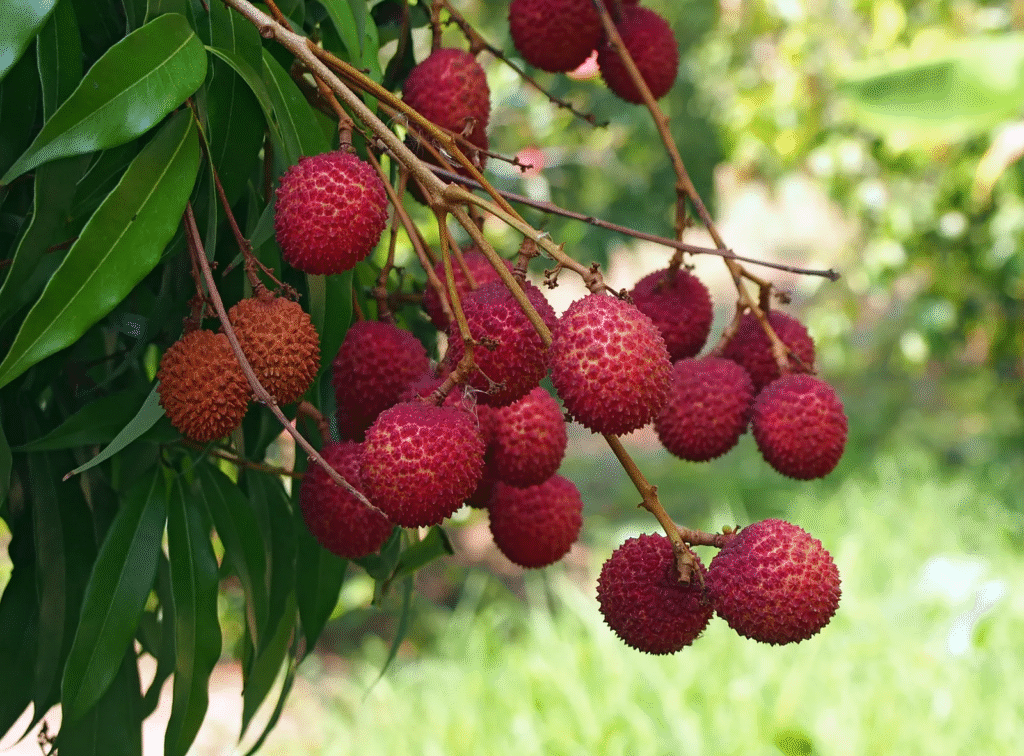
Tree Not Flowering
If your mature lychee tree fails to flower, consider:
- Insufficient winter chill hours
- Improper fertilization (too much nitrogen)
- Young tree age (may need 5+ years to mature)
- Inadequate sunlight exposure
Fruit Drop
Early fruit drop can be caused by:
- Water stress (inconsistent moisture)
- Extreme temperature fluctuations
- Nutrient deficiencies
- Pest damage
Yellowing Leaves
Yellow leaves might indicate:
- Iron deficiency (common in alkaline soils)
- Overwatering or poor drainage
- Root damage or disease
- Nutritional imbalances
Conclusion
Growing lychee trees in the United States requires understanding their specific needs and providing appropriate care. While they may present some challenges, particularly in regions with less ideal climates, the reward of harvesting these delicious fruits from your own tree makes the effort worthwhile.
Whether you’re growing in your garden, in containers, or starting from seed, follow the guidelines in this article to give your lychee trees the best chance of thriving. With proper care, patience, and a bit of luck with your local climate, you can enjoy these exotic fruits straight from your own backyard for many years to come.
For additional information and resources specific to your growing region, contact your local agricultural extension office through the USDA Cooperative Extension System.
